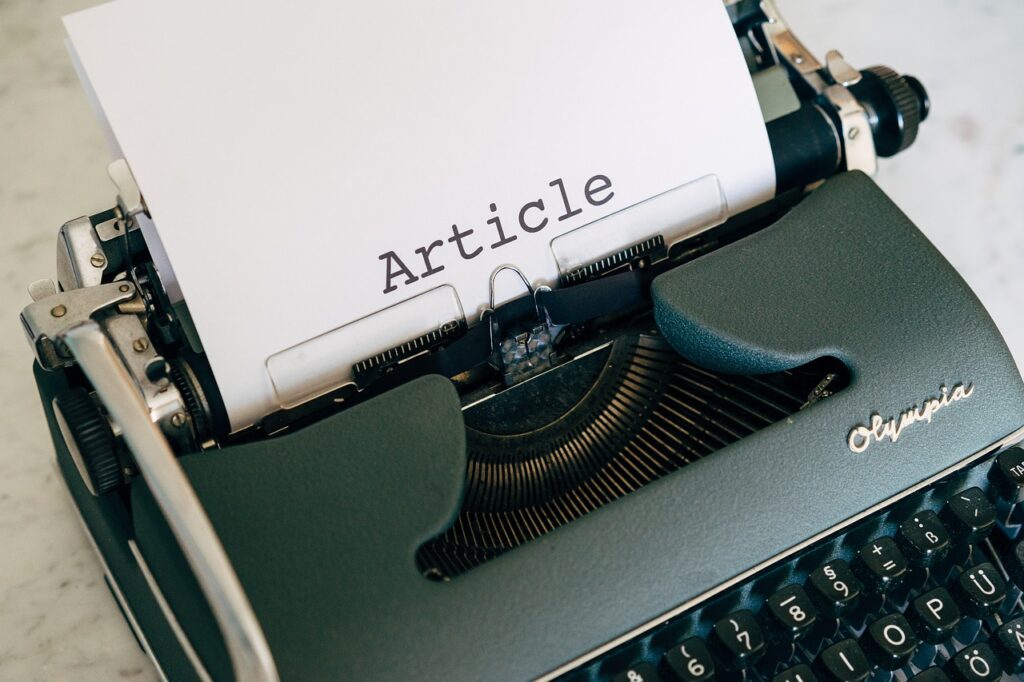The City-County Council’s vote to approve a one percent for art ordinance has been a long time coming.
Arts advocates in town have been stumping for this for over a decade. Numerous other cities around the country are using such programs to good advantage. The sheer volume of evidence in favor of the idea seems finally to have been irresistible.
Indianapolis has a reputation for waiting to see what’s done elsewhere before adopting any new wrinkles. This has been excruciatingly true when it comes to the arts. I’m not sure what constituted the tipping point for John Barth’s percent for art proposal, but the final vote, 18-9, shows that an imposing majority of councilors finally got the message.
The idea itself is really a no-brainer if, that is, you are a city that wants to begin putting its money where its mouth is when it comes to supporting the arts.
Here’s how it works: from now on, developers will have to devote one percent of any city tax-increment financing (TIF) they receive to build a public art component into their projects.
Linking the percent for art ordinance to TIF funding represents a limitation to the Indianapolis model. In Seattle, where a percent for art program has been in effect since 1973, one percent of eligible city capital improvement project funds are set aside, according to a city web site, “for the commission, purchase and installation of artworks in a variety of settings.” More than 400 works have been permanently integrated into various Seattle sites, including parks, public libraries, community centers, roadways and bridges.
The TIF connection appears to restrict where Indy’s dollars can be spent. On the other hand, it should also help to make art available across a broad range of neighborhoods.
Some have predictably questioned whether the city should be investing even one percent of what amount to future tax revenues in the arts.
First of all, requiring developers to be thinking about an arts component from a project’s outset can only help to encourage a more thoughtful overall design — something Indy can use more of, to be sure. Better design will raise property values, which will, in turn, enhance neighborhoods.
And in those neighborhoods that have, until now, been neglected, the presence of quality design, accentuated by public art, can serve as a rallying point for the reinvigoration of local pride.
Just as important, a one percent for art program represents a major building block for the city’s arts economy. It means that new civic building projects will include artists among the many other contractors whose livelihoods depend on these initiatives. The Arts Council will be administering the program; that should keep the focus where it belongs, on the local.
There is still another reason why this percent for art program is worthwhile. For all the demonstrable good inspired by its focus on sports, Indianapolis cannot live by sports alone. The city has to diversify its portfolio as a quality of life destination. Building an arts economy for its creative class should be an imperative part of the city’s long game.
This is a good beginning.
Originally posted at Nuvo.net
